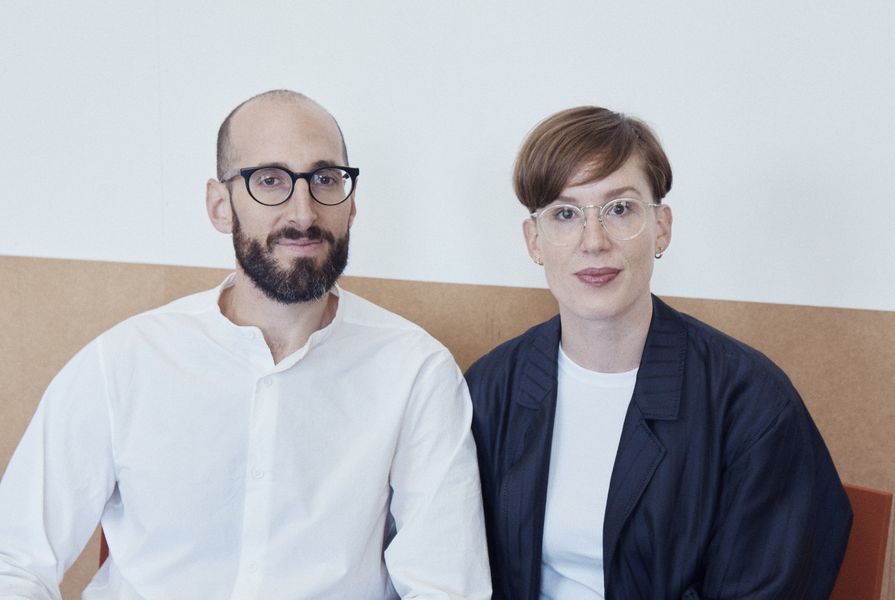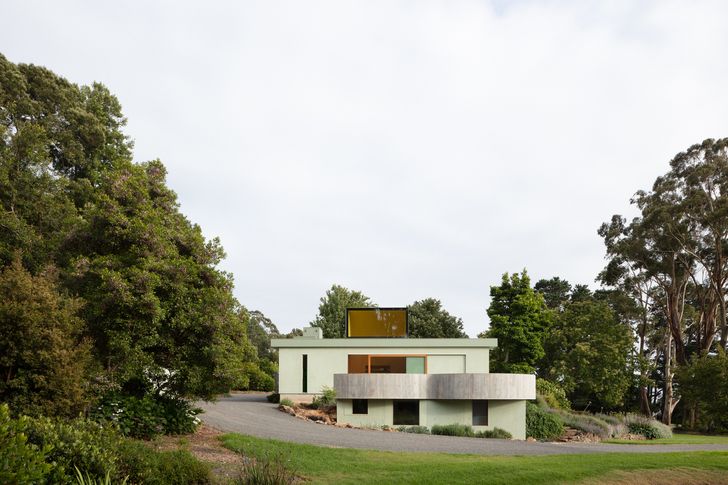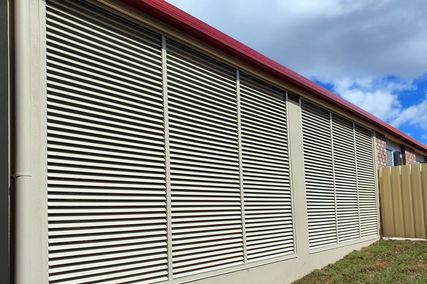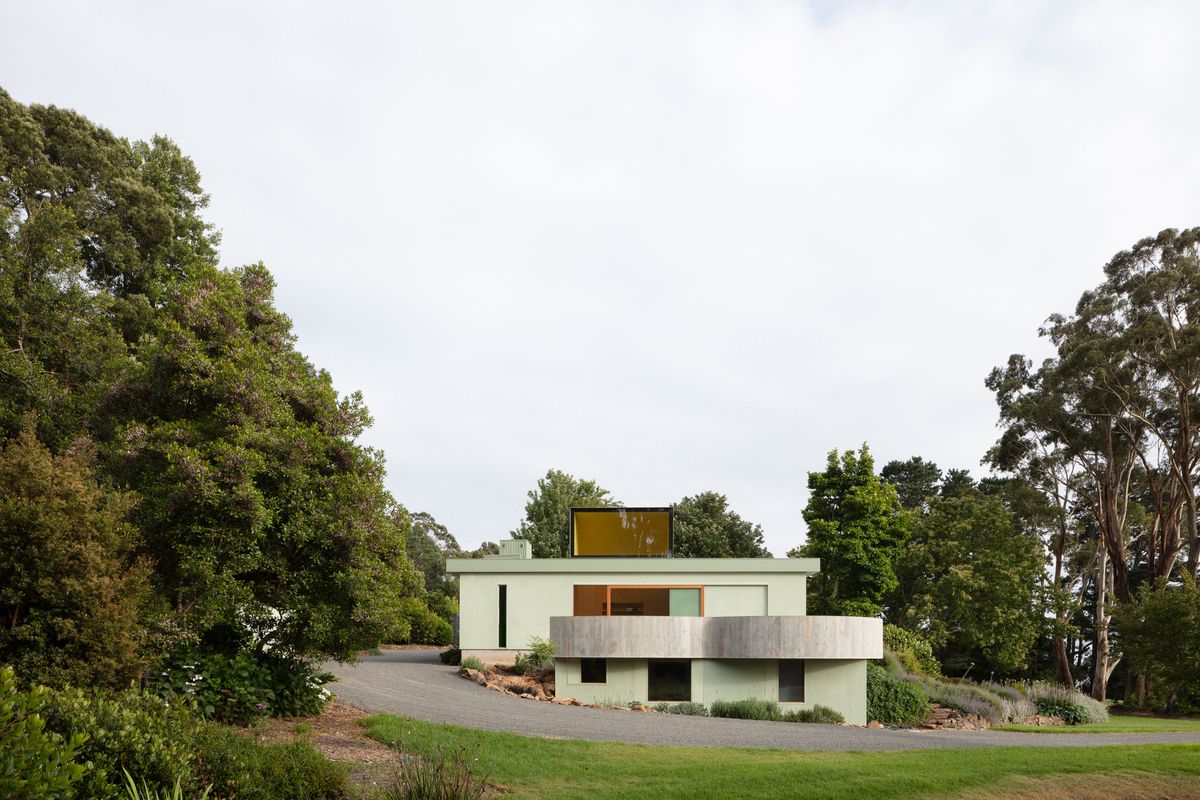That Other Architects’ website navigation starts with “Interests” rather than the more typical “About” or “Projects” is somewhat revealing – as are the stated interests themselves:
- Background, not foreground
- Frameworks, not objects
- Incomplete, and open-ended
- Loose-fit, rather than prescriptive
- Ordinary, as opposed to exclusive
Nor are these empty epithets. These interests are carefully woven through an equally diverse set of activities.
For example, as well as being a founding partner of Other, Grace Mortlock also works as a senior design advisor to the Government Architect New South Wales, helping shape strategically significant projects across the state. Mortlock says this “upstream” in-house design-led coordination work offers a different vantage point, “widening my understanding of what’s happening in New South Wales.” This is the wide-angle lens of the macroscope, as opposed to the small practice’s microscope.
Meanwhile, co-founder David Neustein is a prolific and influential writer, regularly lifting, broadening and nourishing a public discourse around urbanism often lost in a country whose domestic economy, if not wider culture, is pegged to negative gearing rather than positive public value. Both Mortlock and Neustein regularly teach, including recent stints at WSU and UTS. They’ve also undertaken residencies, guest lectures and workshops at Hong Kong University, the University of Newcastle, London’s Architecture Association, Wellington University, Monash University and elsewhere.
Other’s core work includes houses, civic buildings and exhibition installations. The practice fluctuates in size, with between three and six team members as projects require. The third Other is urban designer and graduate of architecture Lindsay Mulligan, whose contribution Mortlock and Neustein both repeatedly foreground.
These diverse activities are not side hustles, but strategically chosen leverage points, derived from seeing the world as an open range of possibilities. Rather than simply making buildings, Other is, “for better or worse,” says Neustein, “concerned as to whether the work is relevant, or adds anything, to a larger ecosystem.”
Other is deliberate and modest about this positioning, frequently coming back to the power that can stem from the act of leaving a vacant lot vacant, or the simple addition of a pot plant to a space. They characterize the diverse ways in which they choose to engage with the world as “gap filling”: working in forgotten or unseen niches.
Yet this is hardly the practice equivalent of Spakfilla. Rather than simply filling in and smoothing off, Other works in a far more exploratory mode, wriggling free of the constraints of small practice to create new spaces for possible futures. This approach seems, in part, a reaction to the self-limiting comfort zone in which many practices (consciously or otherwise) choose to reside, something Neustein characterizes as “waiting for the phone to ring.” Instead, where possible, Other sees brief creation as part of the design process. Mortlock describes this inventive probing as “willing things into action by identifying gaps.”
It’s not all experimentation. Other’s portfolio includes projects redolent of the traditional Australian small practice, yet even here, there are traces of an-Other approach.
Sensitive additions to a century-old bungalow (titled Bungalow) on Gundungurra land in the New South Wales Southern Highlands reveals the sculptor’s sensibility for deciding what to leave as much as what to add. Documenting the quietly lovely Highlands House, also in the Southern Highlands, we find a note stating that the previously established garden “remains more important to the sense of place than any work of architecture.”
Loose-fitting rather than functionalist and defined by its existing garden, Other Architects’ Highlands House (2020) offers a different experience of living in the landscape to the typical Australian house.
Image: Clinton Weaver
Yet Mortlock and Neustein see more than the obvious value in “making” in these projects. They also recognize that the production of built work means that designers can be more convincing about the strategic. The experience gained from the difficulty of “making” allows Other to propose a richer diversity of ideas: an answer to a complex question might be a government brief, a competition submission, an existing landscape, a taught studio, an article in The Monthly magazine … and only perhaps a building. This wriggling free of the bind that most studios find themselves in – that the answer to all questions is a new building, designed by said studio – gives Other a way to find the most fruitful path forward within a variegated landscape.
Other’s work with cemeteries demonstrates this different mode of operating. Cemeteries are environments laden with cultural weight and civic meaning, collective and individual memories, complex functional requirements and living ecosystems. Other Architects designs buildings and spaces for clients such as Sydney’s Rookwood General Cemetery and Northern Cemeteries (now amalgamated into Metropolitan Memorial Parks), but counterpoints this with speculative design like Burial Belt (which received an honourable mention in the AA Prize for Unbuilt Work 2021). Strategically rethinking the cultural futures of dying, landscape and agriculture, Burial Belt envisions a continuous band of forest ringing Western Sydney and developed over time by “planting” natural burial plots along with native vegetation.
Similarly, the generative thinking of Offset House is a counter-point to Other’s built small homes, demonstrating how we might elicit public and environmental value from within the typically privatized Australian suburb – and taking advantage of the pervasive replicability inherent in stud-frame construction. It’s a conjuring trick for suburban transformation hiding in plain sight, drawn from those stated interests in the ordinary, the incomplete and loose-fitting frameworks.
These proposals begin to suggest how the detailed knowledge inferred from working at the scale of the thing can unlock powerful systemic effects at urban or societal scales. This allows Other to avoid the binaries of EITHER “maker” OR “strategist” and to fluidly occupy a series of positions, filling the gaps in-between.




















